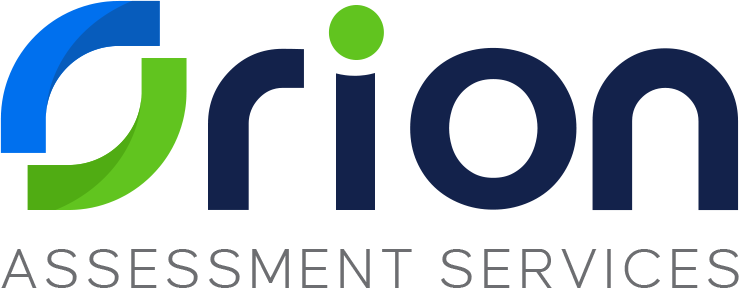Remote Auditing

Do you qualify for a remote audit?
- Records and procedures should be available online and available electronically.
- The internet connection must be stable with a minimum of 10 Mbps download and 1 Mbps upload per person is recommended.
- A staff listing including e-mails and position must be available so that the auditor can select and send invitations to the auditee for the interviews.
- Orion must be able to verify that all required activities are implemented effectively through remote means. This includes any production-related processes.
- Note that Orion will confirm eligibility on a case-by-case basis.
What to Expect?
Remote Auditing Software
There are many excellent meeting platforms used for remote reviews, the most common ones being Zoom, Microsoft Teams, and Google Meets. With these platforms, the auditor will schedule your audit in advance, invite the required attendees to the opening meeting, then invite or remove other participants as the audit progresses. If your organization has any restrictions around the tool used, please let us know in advance and we will adapt to meet your needs.
Scheduling
- Request a staff list (with names and emails) so that they can select the auditees. Note that this can also be shared during the audit. For an independent and unbiased review, the auditor must be able to select the auditees and evidence for review.
- Request the names, titles, and emails of those who will be participating in the opening meeting so that the auditor can send calendar invitations. You may also be sent a list of attendees and asked to complete it.
- Send you the audit plan.
- They may also send you a DropBox, Google Drive or One Drive link to upload audit documentation in advance of the audit as described in the How to Prepare section.
Audit
Prior to starting
About 15 minutes prior to starting, open all your documents, including the audit plan. Join your remote session and make sure everything is working.
Opening meeting/audit
When all attendees are online, the auditor will conduct the opening meeting to explain the logistics for the audit and confirm the attendees.
After the opening meeting, the auditor will follow the audit plan and invite those being interviewed to join the session. Once they join, the auditor will direct them to share their screen by pressing the “share screen” button. At this point, the audit is conducted as usual, and the auditees will take the auditor through their process, procedures, and records (documented information) as requested.
Virtual tours
A virtual tour may be requested. Probably the easiest way to do this is to use Facetime, Skype, WhatsApp, on your mobile device. The tour should be identified on the audit plan.
Lunch and breaks
During breaks and lunch, you can either mute your microphone or disconnect and request to be reinvited at a designated time, to be agreed upon beforehand.
Closing meeting
When the audit has been completed, the auditor will conduct the closing meeting. Those attending will be invited, and the meeting will take place using the same format and software as the opening meeting. The auditor will share their screen and present the results of the audit. Meeting attendees will be confirmed.
Technical problems
Like most applications, online meetings can be subject to connectivity issues. When planning for the audit, the auditor may request a test session in advance to ensure that everything runs smoothly during the audit.
Preparing for Your Audit
To prepare for the audit, you must review the audit plan to make sure you understand the areas being reviewed. Given that this is a remote audit, the auditor will be reviewing all documentation online, so it is important that you have all documents available in a well-organized fashion.
Many firms find it easier to copy the audit documentation into a shared cloud drive (e.g. Dropbox, Google Drive, OneDrive) before the audit, but the audit documentation can also be e-mailed or screen shared. Documents typically put in the folder are listed in Appendix A. Note that you can also share documents on screen during the audit, but you will have to constantly scroll through the document so the auditor can read it.
Please ensure all records and procedures have a well-defined naming convention so they can be easily retrieved. For example:
Management Review
Q1 2020 Management Review Minutes
Q2 2020 Management Review Minutes
Internal Audit
2020 Internal Audit Plan
2020 Audit Report – Production
2020 Audit Report – Purchasing
2020 Audit Report – Quoting and Contract Review
Corrective Action Reports
CAR 1
CAR 2
CAR 3

